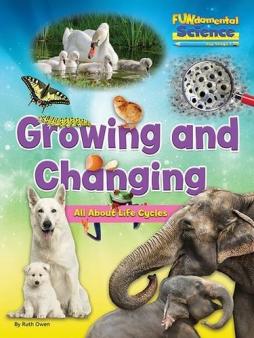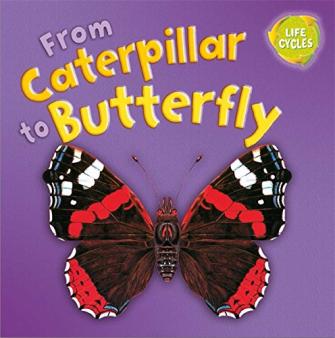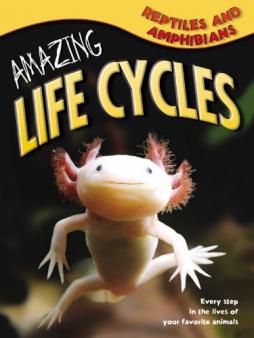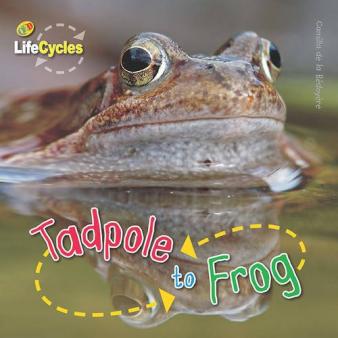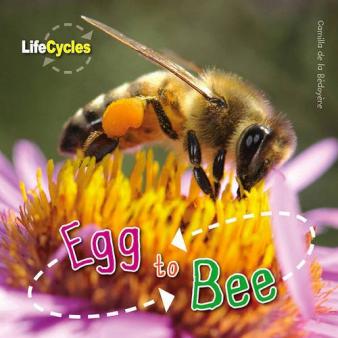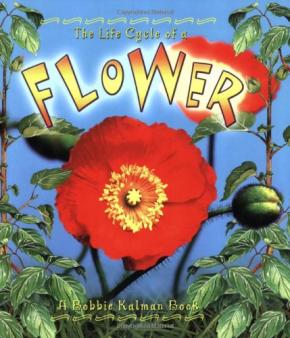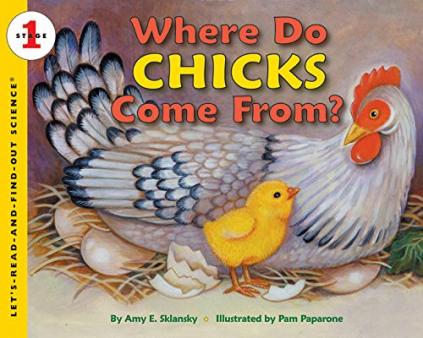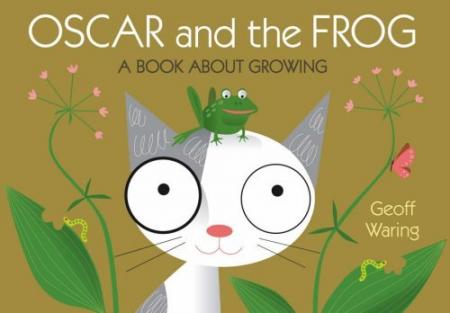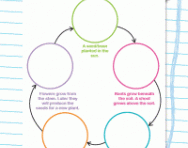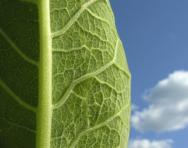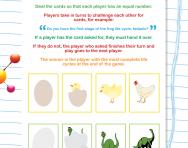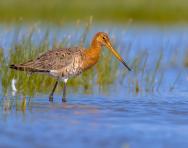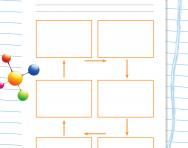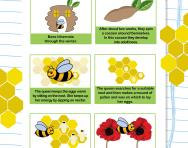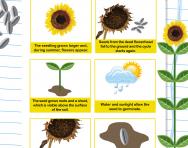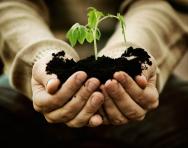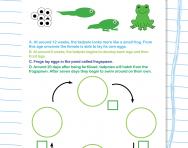What is a life cycle?
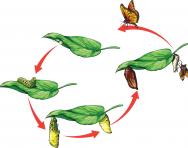
What is a life cycle?
A life cycle is the different stages of life for a living thing. In science it is usually displayed as a circular diagram showing each stage in words and/or pictures.
A life cycle is presented as a circle to show that seeds / offspring are created as part of the cycle.
What do children learn about life cycles in primary school?
Children will learn about the life cycles of a range of plants and animals.
Here are some examples:
Oak tree (plant):
Acorn (seed) --- seedling --- sapling --- oak tree
Robin (bird):
Egg --- chick --- fledgling (young bird) --- robin
Frog (amphibian):
Spawn --- tadpole --- froglet --- frog
Butterfly (insect):
Egg --- caterpillar --- chrysalis --- butterfly
Human (mammal):
Baby --- toddler --- child --- adolescent --- adult
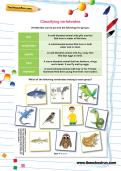
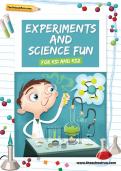
Download Fantastic Science Resources Today!
- Experiments And Science Fun pack
- Science Learning Programme for each school year
- All the instructions, questions and information you need
When are children taught about life cycles in primary school?
In Year 1 children will observe and keep records of how plants change over time.
Year 2 children learn that animals have offspring and observe seeds grow into plants.
Year 3 children observe the plant life cycle and learn about seed dispersal.
In Year 5 children will consider the similarities and differences between the life cycle of mammals, amphibians, insects and birds. They will observe life cycles of different plants and animals. Children will learn how a human develops.
How are children taught about life cycles in the classroom?
Children will be given opportunities to observe and document the life cycles of different plants and animals through practical activities, researching in books or watching video clips on the computer. They might see:
- How fruit and vegetables grow
- How frog spawn develops
- How chicks hatch and grow into chickens
- How caterpillars develop into butterflies.
Children will draw and present life cycle information by ordering pictures, completing templates (like the circle template below) and drawing their own diagrams.

Life cycle activities for at-home learning:
- Grow fruit, vegetables and/or flowers from seeds
- Visit a farm park to observe animals with their offspring
- Cut pictures out of magazines or newspapers and create your own life cycle diagram
- Visit a garden centre and look at the seeds and plants at different stages of growth
- Look through family photo albums and make your own life cycle diagram with images of family members at different stages of their life

Give your child a headstart
- FREE articles & expert information
- FREE resources & activities
- FREE homework help
